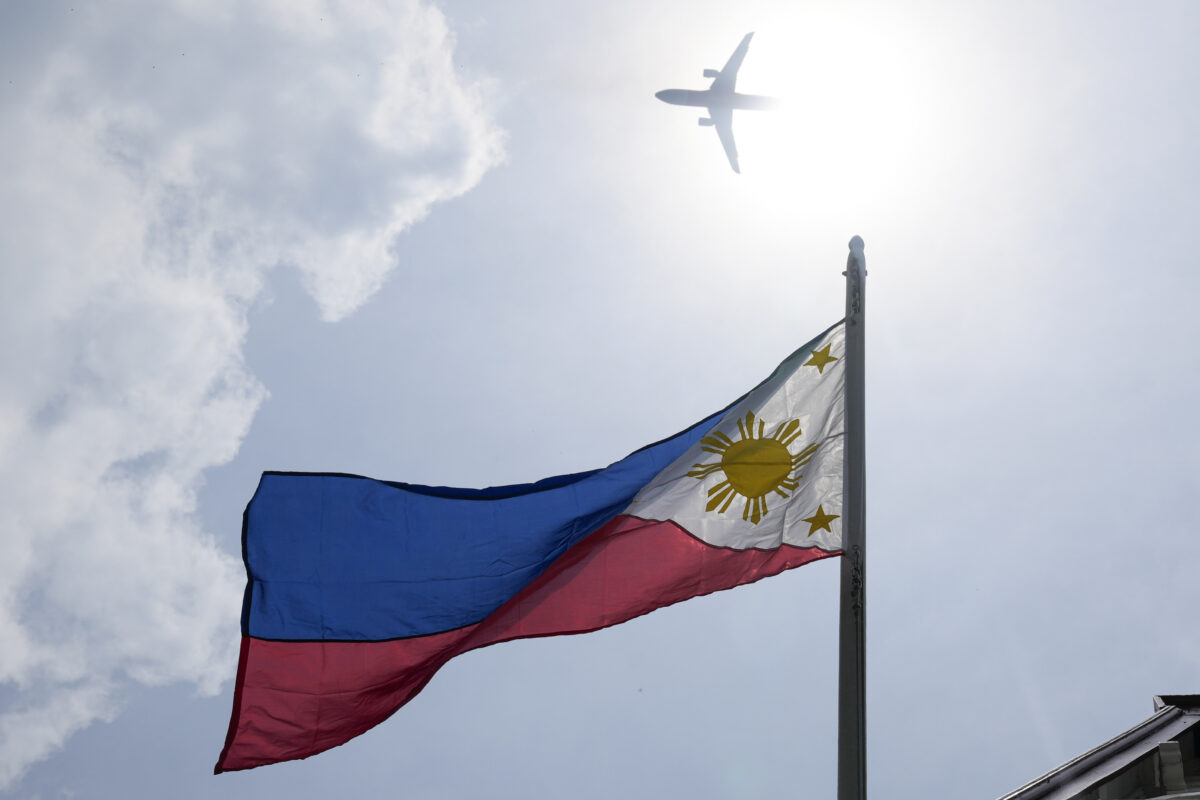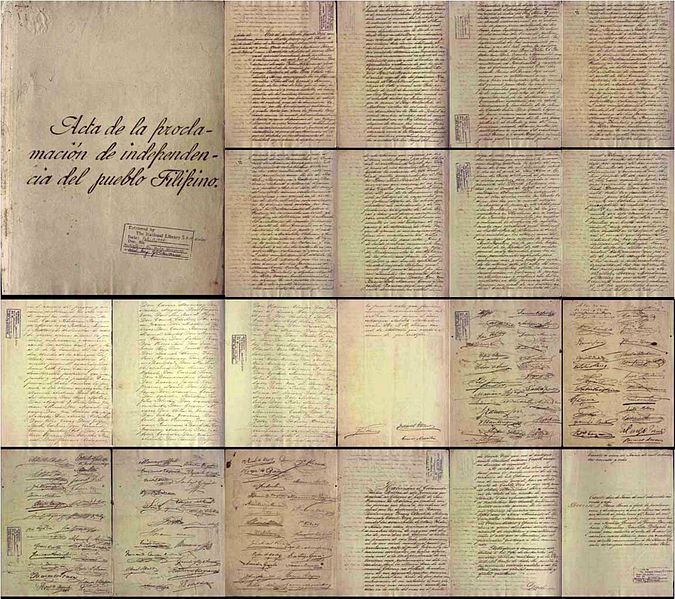The evolution of Philippine Independence Day

A plane flies above a Philippine flag at the Emilio Aguinaldo Shrine, where Philippine independence from Spain was proclaimed in Kawit, Cavite province, Philippines, Monday, June 10, 2024. The revelry surrounding Philippine Independence Day, which falls on June 12, stretches far beyond the Southeast Asia archipelago. Millions of Filipinos across major US cities, as well as Europe, Australia, and even the United Arab Emirates, will be able to find parades, street fairs, galas and other gatherings close to home. (AP Photo/Aaron Favila)
June 12, 2024, commemorates Philippine Independence Day. Filipinos throughout the world will celebrate the struggles and difficulties that the Filipino people have had to fight for independence from foreign powers. On a positive note, the Philippines was the first colony in Asia to gain its independence.
Throughout the late 19th and 20th Centuries, the Philippines had six distinct periods of struggling and fighting for independence.
The first period was June 12, 1898. Emilio Aguinaldo had returned to the Philippines on May 19, 1898, from exile in Hong Kong. He reorganized his revolutionary forces to fight the Spanish colonist. Shortly, he declared a temporary Dictatorial Government on May 24, 1898.
On June 5, 1898, Aguinaldo decreed that June 12, 1898, as the first Philippine Independence Day. Most of the Philippines was no longer under the control of the Spanish. On June 23, 1898, Aguinaldo converted the temporary dictatorial government into a revolutionary government.
The Philippine Declaration of Independence resembled the American 1776 declaration document. Ninety-eight prominent citizens signed the document in Kawit, Cavite. The United States Navy Commodore, George Dewey, was invited to the event, but he declined to attend.

The Philippine Declaration of Independence on June 12, 1898, in Spanish. Image: Wikipedia
The second period was the defeat of the Filipinos during the Philippine-American War. During the Spanish-American War, the Filipinos had defeated the Spanish colonist with the assistance of the United States. Unfortunately, one colonist was exchanged for another colonist. Under American rule, June 12 was no longer Philippine Independence Day.
The American colonists were more enlightened than the Spanish. The American mantra said that the US was preparing the Philippines for independence. The Jones Act of 1916 provided the structure for future Philippine independence. Filipinos eventually controlled the legislative, judicial and the executive branches of government. The American Governor-General only retained veto power.
The third period of independence was the Philippine Commonwealth. In 1934, the Tydings-McDuffie Act passed the United States Congress and was signed by President Franklin D. Roosevelt. The Act established commonwealth status for the Philippines and granted independence in 10 years. Manuel Quezon was the first president of the commonwealth.
The fourth period of independence was the Japanese occupation of the Philippines during World War II. Japan declared that they were the liberators of the Philippines from American imperialist. According to Japan, Asia should only be for Asians. The Japanese granted nominal independence when the Filipino collaborators agreed to join the “Greater East Asia Co-Prosperity Sphere.”
The fifth period of independence was July 4, 1946, when the United States granted independence to the Republic of the Philippines. Manuel Roxas was inaugurated on July 4, 1946, as the first president of the newly independent country. The entire independence ceremony was conducted on July 4, the American Independence Day. June 12 was only designated as Flag Day. For the next 16 years, Filipinos celebrated independence on July 4th.
The final period was 1962. President Diosdado Macapagal decided to change the Philippine Independence Day from July 4 to the original Independence Day on June 12. This presidential action commemorated and honored Filipinos who had served their country since 1898. Emilio Aguinaldo was still alive to witness the change. In 1964, the Philippine Congress made a “Proclamation of Philippine Independence,” which finalized the change.
For the past 62 years, Filipinos have celebrated Philippine Independence Day on June 12. This day should be more than a party. Everyone should reflect on what it means to be independent.

